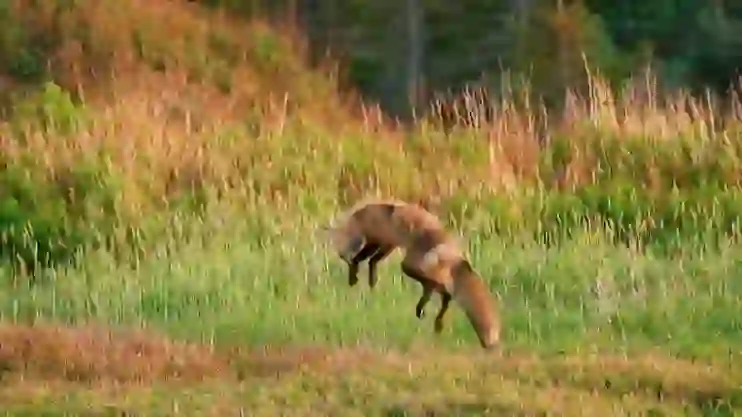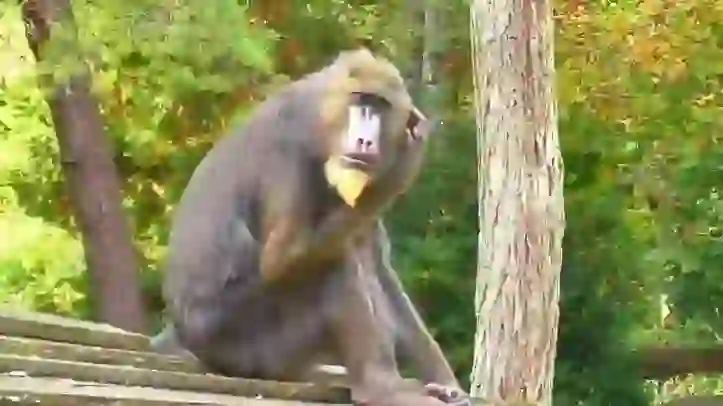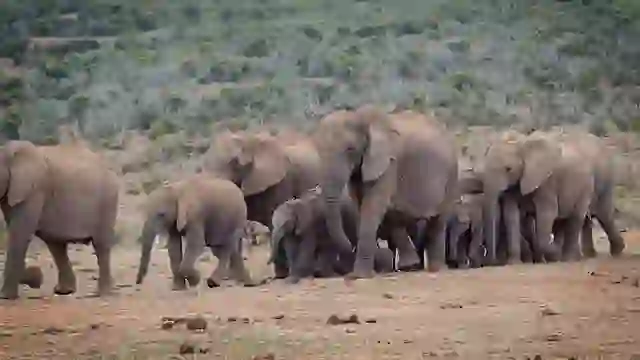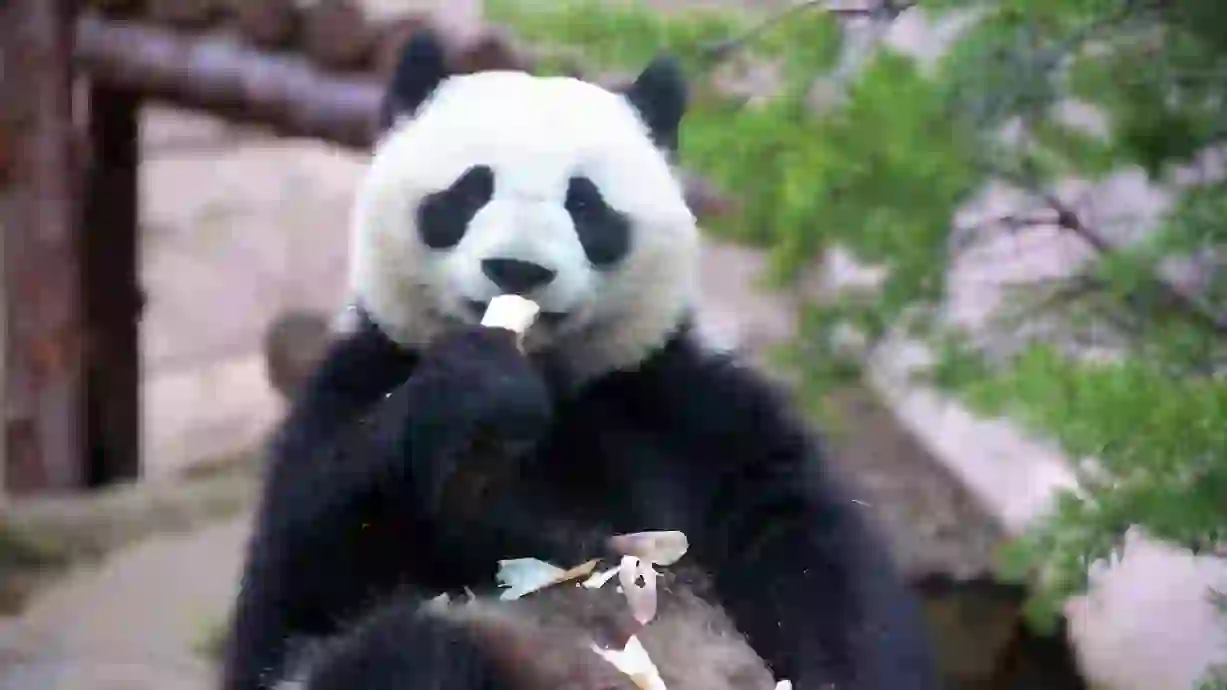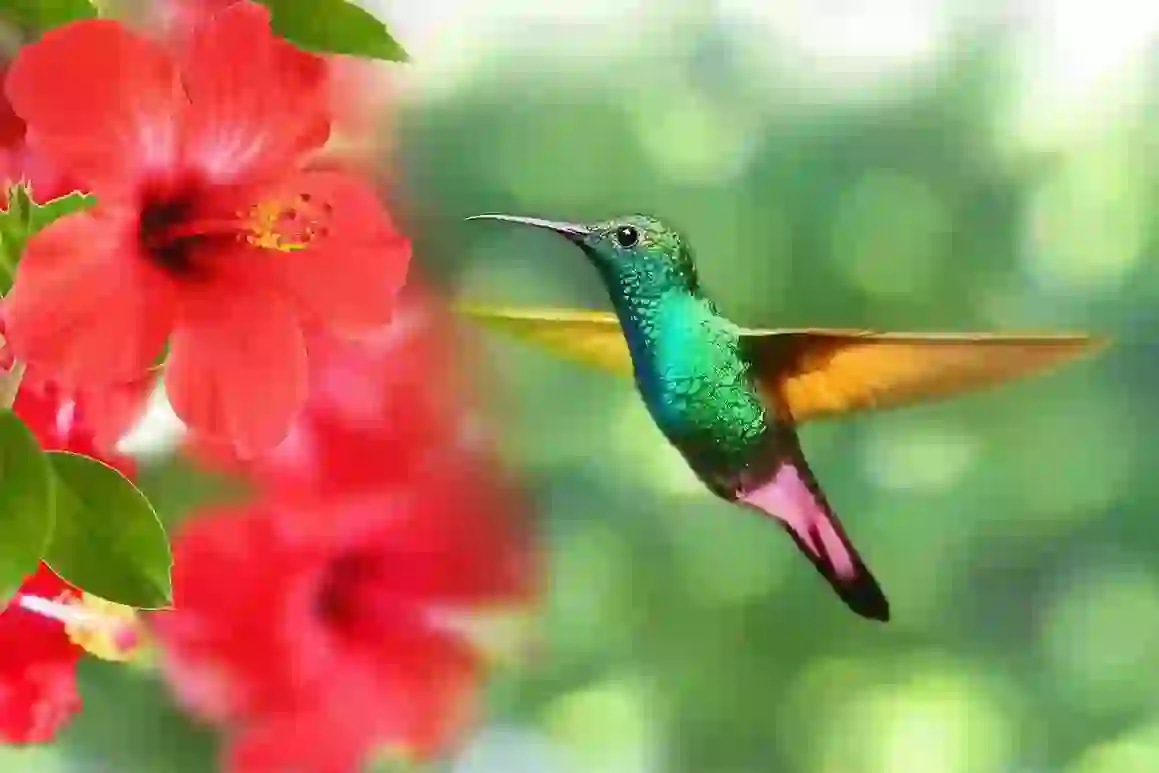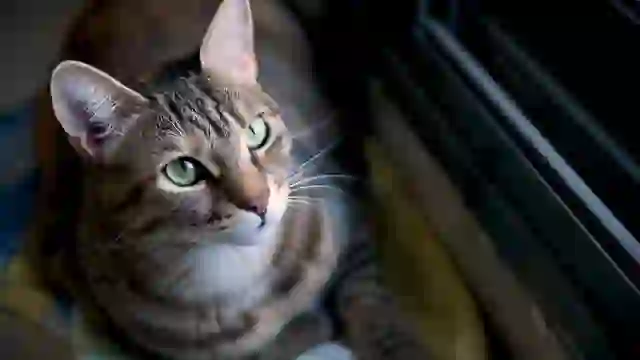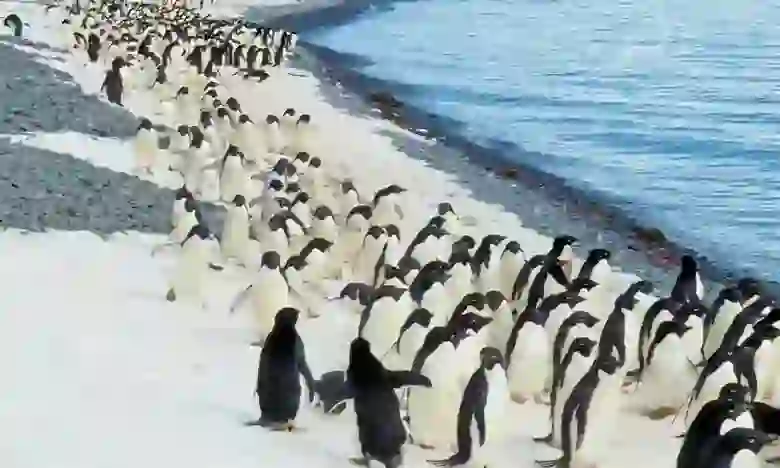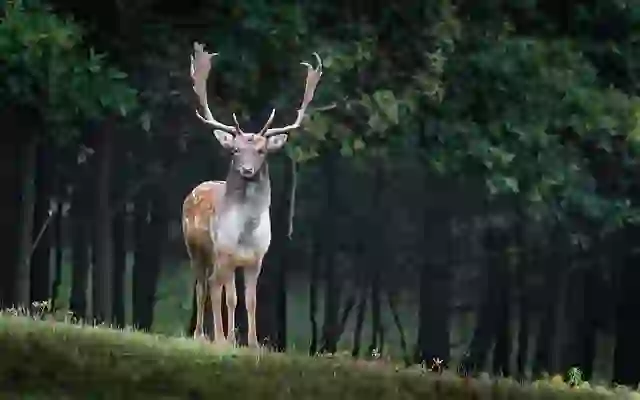
Kinabalu Horned Frog
Kinabalu Horned Frog
Kinabalu Horned Frog
The Kinabalu horned frog, a majestic creature, resides solely on Mount Kinabalu in Borneo. These frogs, belonging to the Leaf Frog family, are known for their massive size and horn-like projections. Their imposing appearance is truly that of a king of the mountain! Let's explore the fascinating world of the Kinabalu horned frog!
Kinabalu Horned Frog Basic Infomation
.webp?alt=media)
| Property | Value |
|---|---|
| Scientific Name | Megophrys baluensis |
| Taxonomic Status | SPECIES |
| Rank | Species |
| Vernacular Names | Kinabalu Horned Frog, Kinabalu horned frog |
| Kingdom | Animalia |
| Phylum | Chordata |
| Class | Amphibia |
| Order | Anura |
| Family | Megophryidae |
| Genus | Megophrys |
.webp?alt=media)
The Kinabalu horned frog ( *Megophrys baluensis* ) is a frog species belonging to the genus Megophrys in the family Megophryidae, found only on Mount Kinabalu in Borneo.
They are among the larger species of leaf frogs, reaching lengths of 10-13 cm.
As their name suggests, they are characterized by the horn-like projections on their heads.
Their coloration is brownish-gray or gray, with mottled patterns that help them blend into their surroundings.
Kinabalu Horned Frog Q&A
.webp?alt=media)
What kind of frog is the Kinabalu horned frog?
The Kinabalu horned frog lives in the cloud forests of Mount Kinabalu, the highest mountain in Borneo, at elevations between 1,500 and 2,000 meters.
They prefer humid environments and live hidden under forest litter, fallen logs, and in crevices between rocks.
They are nocturnal, becoming active at night to forage for insects, spiders, and earthworms.
.webp?alt=media)
Why does the Kinabalu horned frog have horns?
The horn-like projections on the head of the Kinabalu horned frog are actually modified skin.
The exact function of these projections is not fully understood, but various theories have been proposed, including camouflage, attracting mates, or deterring predators.
.webp?alt=media)
How does the Kinabalu horned frog reproduce?
The breeding season for Kinabalu horned frogs is during the rainy season.
Males call from under rocks near water bodies, emitting a low, croaking sound, "koo, koo," to attract females.
Females lay gelatinous egg masses containing dozens to hundreds of eggs on rocks or aquatic plants in the water.
The eggs hatch within a few days, releasing tadpoles.
Tadpoles live in water and eventually undergo metamorphosis to become adults.
.webp?alt=media)
Is the Kinabalu horned frog endangered?
The Kinabalu horned frog is listed as Vulnerable (VU) on the IUCN Red List because of its extremely limited distribution and ongoing habitat destruction due to deforestation and development.
Their conservation status is not optimistic, and they are likely facing a high risk of extinction.
Protecting their forest habitat on Mount Kinabalu and preventing illegal capture and trade are crucial for the survival of the Kinabalu horned frog.

Would you like to become a part of the 'Animalbook.jp'?
Turn your knowledge into Q&A and share it with the world. ※Publication will be activated after purchase. Let's share information together!
Kinabalu Horned Frog Type of List
.webp?alt=media)
- Kinabalu Horned Frog
Information
Congratulations! You are the first commenter!

Create Your Favorite List!
Kinabalu Horned Frog
Save the animals you love! Build your own list to quickly revisit your favorites later.

Would you like to leave a comment?
※Please note: This is for the purchase of rights to post comments within the article.
Find Your Favorites!
Our shop offers a unique and attractive selection of goods themed around various animals.
Kinabalu Horned Frog References
Kinabalu Horned Frog Introduction of media used
.webp?alt=media)
Thomas Brown, CC BY 2.0, via Wikimedia Commons

Help Enrich Our Animalbook.jp with Your Media!
We are constantly looking to expand and enrich our Animalbook.jp with amazing photos and videos of animals. If you have any media that you'd like to share, please contribute and help us showcase the beauty and diversity of the animal kingdom. Your submissions will be credited and featured in our encyclopedia, reaching a wide audience of animal lovers.



